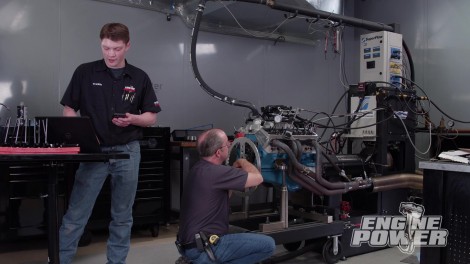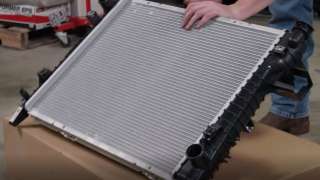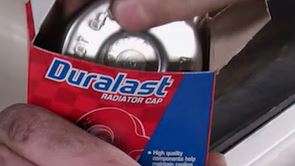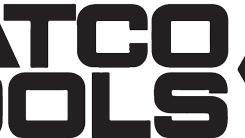
Will Race Fuel And A Bigger Cam Improve Power On The Chevy 350 Dyno Mule?
We just can’t stop searching for more power from our Small Block Chevy! It’s getting high-octane race fuel, more aggressive timing, and a bigger cam.
Season 9
Episode 11
Hosts: Pat Topolinski, Frankie Forman
First Air Date: July 11, 2022
Duration: 21 minutes 30 seconds




































